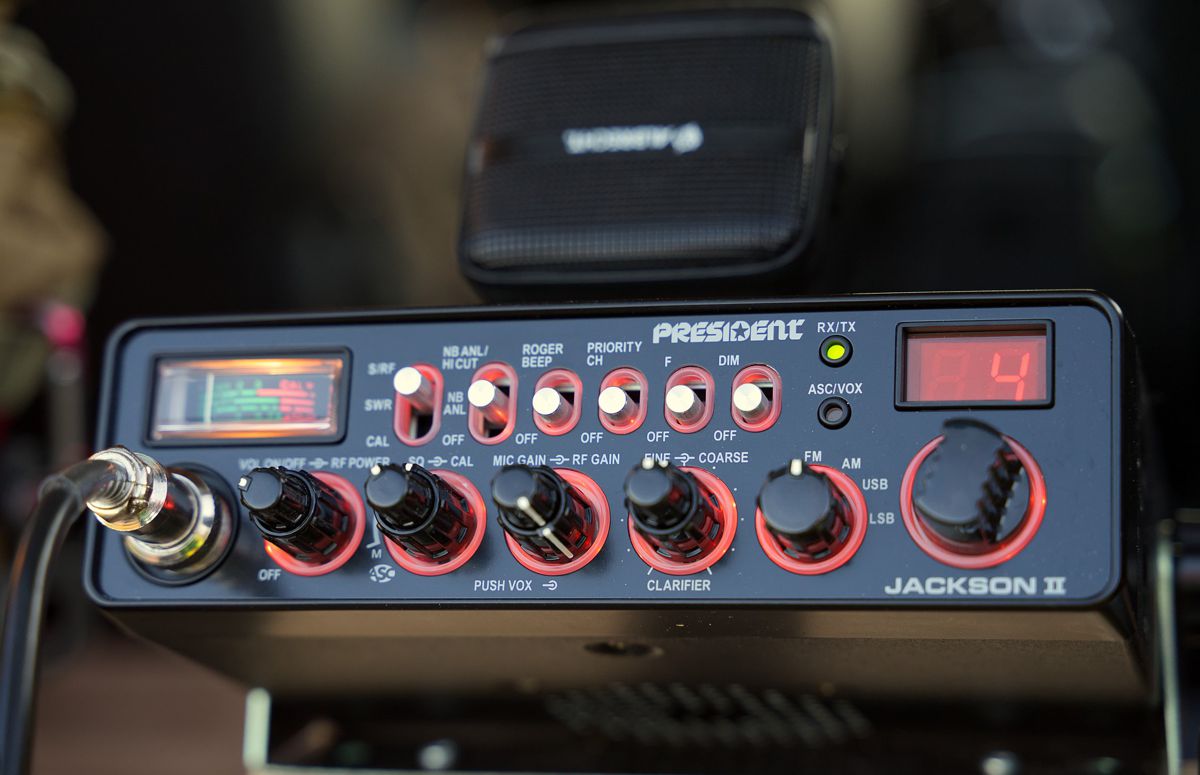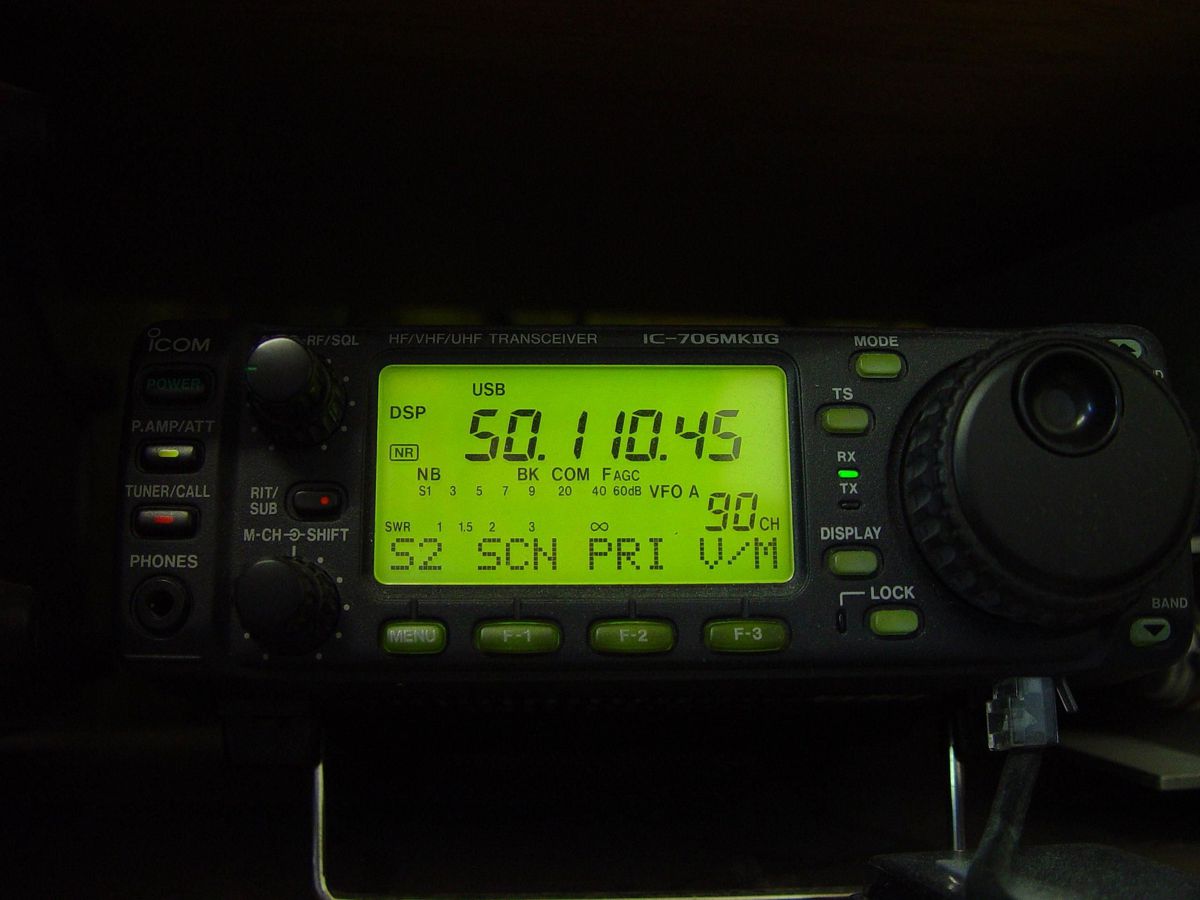How Truckers use 10m and Citizen’s Band (CB) Radios
It’s no secret that truckers have been using 10-meter and Citizen’s Band (CB) radios since the dawn of the digital age, allowing them to communicate with other road users in a way reminiscent of the old times. Technology has come a long way since then, but it remains an essential tool for many drivers on the highway.
Especially in this day and age, according to 2021 research, there are at least 57,500 truckers in the United States. In this post, you’ll learn why truckers rely so heavily on these two radio systems and how they make life easier out on the open road.
How Do Truckers Use 10-Meter And CB Radios
Truckers often use 10-meter and CB radios to communicate with each other while out on the road. These two-way radios allow truckers to easily exchange information, check locations, and coordinate pickups or deliveries. They also provide a way for truckers to stay in contact with their fleet operators and supervisors back at home base.
You may be wondering what a CB radio is? CB radios are devices that have an effective range of up to 30 miles in ideal conditions, allowing users to talk to one another even when they’re hundreds of miles away from each other. They’re especially popular among long-haul truckers because they can reach much greater distances than regular cell phones.
10-meter radios offer a similar capability yet come with additional features such as channel scanning and multiple frequency selection. These features make 10-meter radios more suitable for professional use by companies that rely heavily on radio communication.
The two types of radios serve different purposes, but both provide valuable services for truckers constantly moving. With these tools, drivers can keep track of their location, receive important updates about traffic, weather, and safety issues, as well as stay connected with colleagues who may be far away.
Radios allow truckers to maximize efficiency on their routes and deliver goods quickly and safely. With this in mind, it’s clear why 10 meter and CB radios remain essential equipment for many trucking operations today. Next, you’ll explore the benefits these devices offer truckers during their travels.

The Benefits Of 10-Meter And CB Radios For Truckers
Truckers rely heavily on 10-meter and CB radios for communication. Like a lighthouse guiding ships safely to shore, walkie talkie long range devices also help truckers stay connected as they traverse the open road.. There are numerous advantages to having such reliable equipment in their arsenal of tools. They include:
- Extra Level Of Safety
10-meter and CB radios are invaluable when it comes to keeping drivers safe while on the job. With up-to-date traffic information broadcast over the airwaves, truckers can know potential hazards or delays before hitting them head-on. In addition, radios provide an extra level of safety with built-in emergency buttons that allow drivers to call for assistance quickly if needed.
- Easier Navigation
CB and 10-meter radio devices offer valuable navigation advice from other experienced drivers who know where good rest stops might be located or how to navigate around dangerous roads. This knowledge helps keep newbies safe by avoiding areas known for trouble spots or places where police officers often patrol looking for violators. It’s like tapping into a vast network of resources without leaving your vehicle!
- Helps Drivers Stay Awake
Lastly, 10-meter and CB radios also offer entertainment value when long hours on the road start to get lonely. By tuning into interesting conversations shared between fellow travelers, you never have to worry about boredom setting in again!
Plus, there’s always something new happening out on the highways, so you always have something fresh to talk about during those rare moments of restful peace at nightfall.
In the following section, you’ll explore the limitations of these popular communications systems in more detail.

Limitations Of 10 Meter And CB Radios
Truckers often use 10 meter and CB radios to communicate with other drivers on the road. Nonetheless, there are some limitations when using such radio systems.
First off, 10-meter radios don’t offer long-distance capabilities as they’re limited by their maximum power output of 5 watts.
Furthermore, users must operate these radios within a specific frequency range since they operate on Amateur Radio Service frequencies that are regulated by the Federal Communications Commission (FCC).
Meanwhile, CB radios have certain drawbacks in comparison to 10-metre models. For instance, while both radios require an FCC license for operation, CBs can only transmit up to 4 watts of power—which decreases its ability to cover longer distances than those offered by 10 meters.
Additionally, most CB users must share channels with other transceivers operating on the same frequency; this creates interference issues, making it difficult to understand what’s being said over the airwaves.
Indeed, CB and 10-meter radios may provide truckers many benefits during their travels. Still, due to their respective limitations, they can’t always guarantee clear communication between them and other drivers on the highway.
It’s important to understand how to properly use radio technologies to maximize their effectiveness and ensure clarity in conversations over the airwaves. Knowledge of ‘the lingo of the road’ is essential for any driver who intends on utilizing either type of radio system efficiently and effectively.
Understanding The Lingo Of The Road
Truckers use 10-meter and CB radios to communicate with one another while out on the road. To understand what truckers are saying, it’s important to familiarize oneself with some common lingo used when operating a radio. Slang terms such as ‘breaker,’ ‘handle,’ and ’10-4′ are all frequently heard over the airwaves.
- Breaker – refers to someone who interrupts an ongoing conversation to transmit their message or question.
- Handle – is usually employed by drivers to refer to themselves during conversations. To boot, they often state their handle before speaking so that other people know whom they’re addressing and will be able to respond directly back to them.
- 10-4 – is most commonly used among truckers to acknowledge messages sent over the radio. Truckers can use it in response to requests for information from other drivers on the road as well; this indicates that you’ve received and understood their request.
By becoming accustomed to these terms, newbies on the roads can better understand what’s being said over CB and 10-meter radios. This allows them to become part of this unique culture around communicating via amateur radio frequencies.
With all these basic concepts under one’s belt, troubleshooting tips for 10-meter and CB radios should come much easier!

Troubleshooting Tips For 10-Meter And CB Radios
Ah, the joys of truckers using their 10-meter and CB radios! It’s like they have a secret language all to themselves. But even with such advanced technology, things can sometimes go wrong – leaving truckers frustrated and unable to communicate on the road. Fortunately, some easy troubleshooting tips can help get these radios back in working order.
To start, it’s important for users to check the wiring connections between the radio and its power source. If any wires become loose or disconnected, this will cause interference in transmissions, which might explain why messages aren’t being received properly. Additionally, if batteries are powering the system, then a weak battery could be causing transmission issues as well.
Finally, one should ensure that all settings on the device itself are correct. This includes checking volume levels and antenna orientation, as they both play an integral role in how far signals reach during transmissions. Ensuring other devices nearby aren’t interfering with reception is a good idea too.
Troubleshooting problems quickly and easily helps keep communications flowing smoothly, so everyone stays connected and safe while driving down those long highways.
Takeaway
Truckers have come a long way since the days of relying solely on two-way radios to communicate with other drivers on the road. With 10-meter and CB radio technology, truckers can get up-to-date information about roads and weather, chat with their peers, and stay connected while on the highway.
Though it’s not easy to master all of the jargon associated with these communication tools, truckers can navigate this language barrier by learning from others who know how to use them best. All in all, effectively utilizing 10-meter and CB radios is an essential part of being a successful trucker — without them, life would be much more difficult!

Just as truckers continue to rely on the timeless reliability of CB radios for communication, many individuals find comfort and enjoyment in classic games like Solitaire. Platforms such as Yaplix offer a modern twist on this enduring card game, providing users with an interactive and enjoyable online Solitaire experience.



















